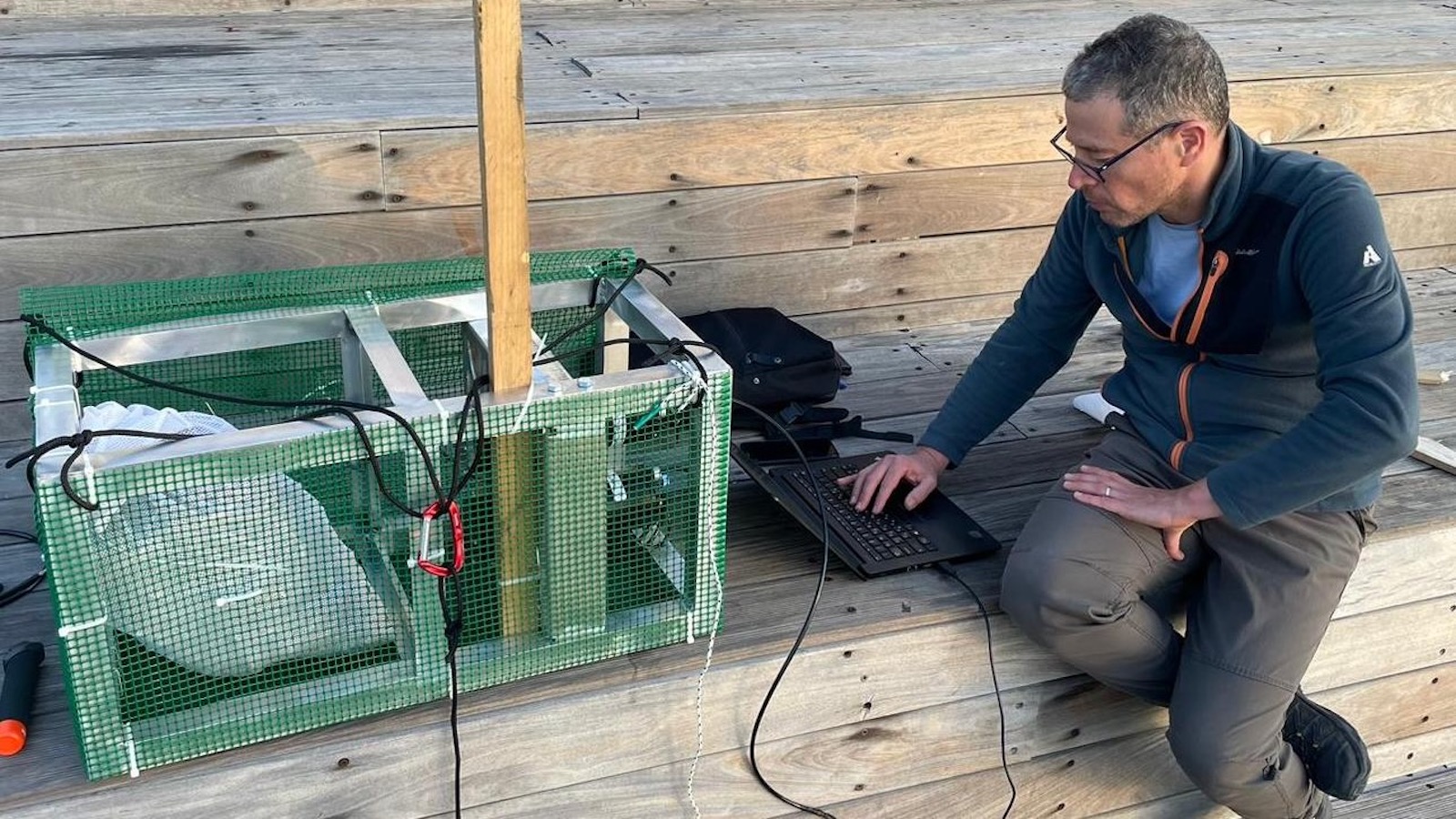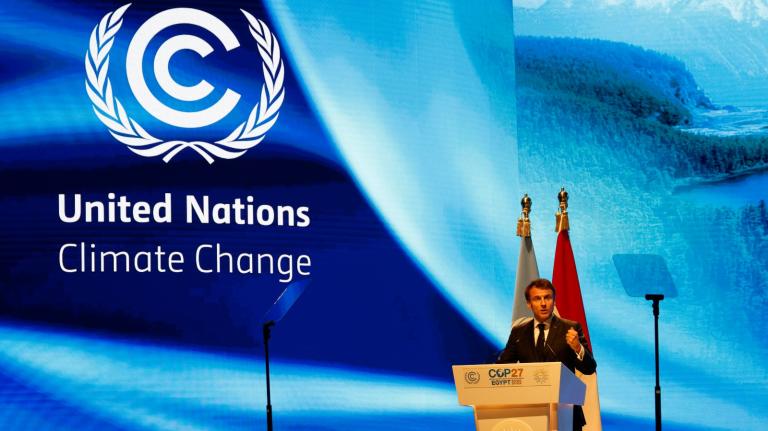Whenever Ram Amar explains his idea for mitigating climate change, people usually look at him strangely and ask if he’s crazy. It’s easy to see why.
His startup, Rewind, wants to sequester a gigaton of carbon each year — about 10 percent of what climate scientists deem necessary each year to reach net zero by 2050 — in a remarkably simple way. The elevator pitch goes like this: Gather millions of tons of agricultural waste and send it to the bottom of the Black Sea, where it won’t decay. Wilder still, an ancient Greek ship that sank 2,400 years ago helped inspire the idea.
At first glance, the proposal might seem counterintuitive. The carbon that plants absorb from the atmosphere through photosynthesis is released when they decompose (or, alas, are compressed over eons to make fossil fuels). This is where the Black Sea comes in. Unlike most other large bodies of water, it is mostly anoxic, meaning there is precious little oxygen — and almost none at all at depths beyond 300 feet or so. It takes a long time for anything to biodegrade down there, which explains why dozens of intact shipwrecks litter its floor.
After selling his software company to Google in 2019, Amar pondered growing seaweed to sequester carbon, but realized that anything it captured would eventually return to the atmosphere. He put the sequestration idea aside until he met Peter Kroust, a German marine biologist who suggested stashing carbon in the Black Sea — something that occurred to him after cycling along the Danube and seeing tons of agricultural waste headed downriver. “And at that point, it was just like a click,” Amar said with a laugh. After getting initial funding (he wouldn’t say how much), they launched Rewind in Tel Aviv last year.
It’s an intriguing idea, and Rewind, which employs 12 people, just wrapped up a yearlong experiment in the Black Sea and the Sea of Galilee (portions of which are anoxic) that suggests it could work. The research team left a bit more than 650 pounds of hardwood submerged in a linen bag at a depth of 820 feet. The material retained 97 percent of its biomass over the 12 months that followed. “We saw that there is some degradation over the first three months, and then from three months on it stayed mostly consistent,” Amar said. “That’s really great.”
In their control of pine submerged in normal water, the researchers recorded 10 percent degradation in six months. The reduced rate of decay in anoxic water can be attributed to lignin, a key organic polymer, found in the tissue of most plants, that does not break down without oxygen. Amar’s team plans further experiments at depths of 3,200 feet, followed by two deposits to be made more than a mile down.

Similar tests with wheat stalk, corn stover, and grapevines revealed varying levels of decay, but Amar said this small amount of degradation won’t be a problem 7,200 feet beneath the surface. “Whatever does break down will stay in the deep Black Sea and will not mix and float back up into shallower layers where it can come in contact with the air,” he said.
According to Amar, carbon dating shows that the deepest parts of the Black Sea haven’t had contact with the air in two millennia, making it an excellent carbon (and methane) sink. The company is confident the science stacks up, but because Rewind hopes to fund the project by selling carbon credits, its process must be vetted by independent experts to ensure it works.
There are several potential pitfalls, the biggest of which is carbon sequestration being difficult to measure. There also is little recourse should something go wrong. “Once you put material in the deep sea, it is almost impossible to get it back again without a huge expense,” said Martin Palmer, a geochemistry professor at the National Oceanography Center in South Hampton, England. “So you need to be 100 percent confident that the process is safe.”
Palmer also notes that although organic matter is better preserved in anoxic environments, it still undergoes degradation that results in some level of methane production. “You would need to be very sure that you would not exceed the methane solubility in the Black Sea waters, or there could be problems,” particularly in an area that is seismically active, Palmer told Grist.
And then there are the logistical challenges, including where to source so much biomass. However, the Black Sea is bordered by six agriculturally productive countries that generate a lot of waste. Much of it is usually burned, or shipped down the Danube and dumped into the sea at depths above the anoxic zone, where it degrades and releases carbon. Given the existing infrastructure for moving all that material, Rewind calculates that the carbon needed to transport it far from shore to dump it at an appropriate depth would amount to no more than 3 percent of the carbon that could be sequestered. With a volume of more than 131,000 cubic miles, there is plenty of space to do the job.
However, stashing a gigaton of carbon a year will require such large quantities of biomass that it will demand geopolitical coordination. That means convincing politicians, policymakers, and the public. Communicating the idea that his startup isn’t simply dumping waste in the sea — something Amar calls the “understanding gap” — won’t be easy, especially in such a politically tense region. Rewind remains in the early phases of those discussions with government agencies and officials, but is confident it can sell them on the idea.
“As humanity, we’re a huge intervention to the planet,” he said. “So we’re trying to fix the biggest intervention we’ve made, with a smaller intervention.”
His idea, though perhaps counterintuitive, may not be as crazy as it first sounds.



